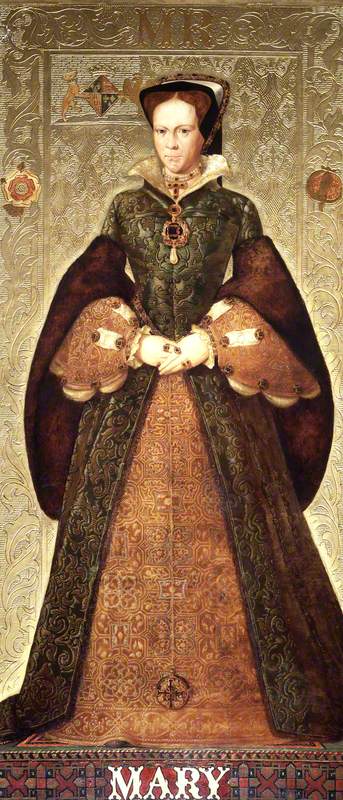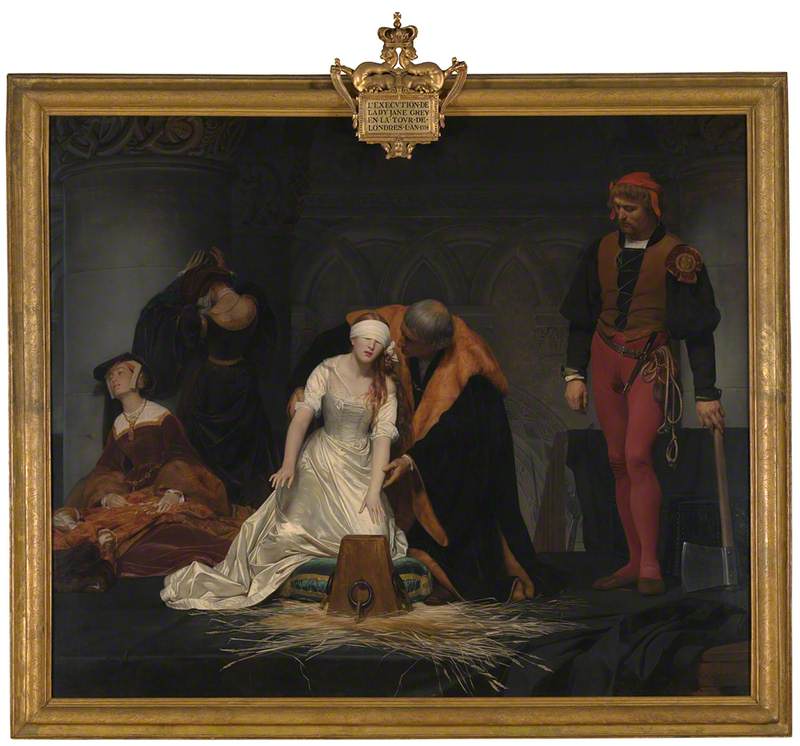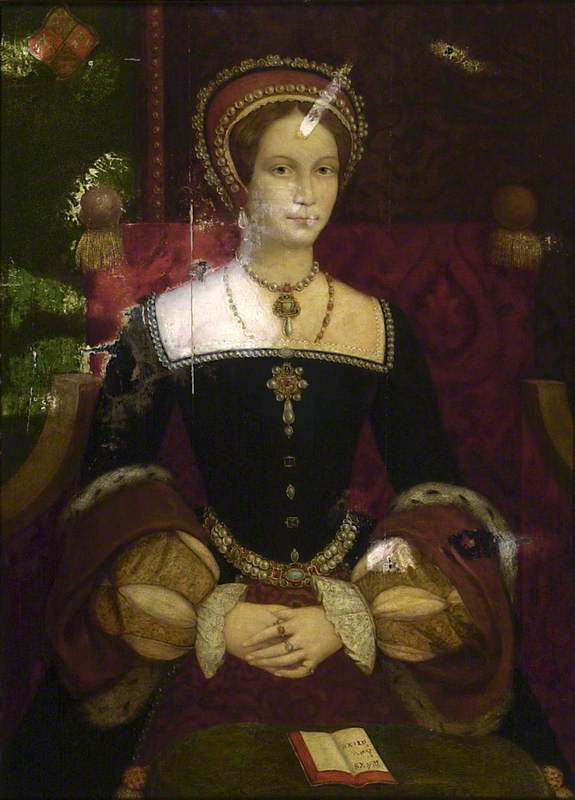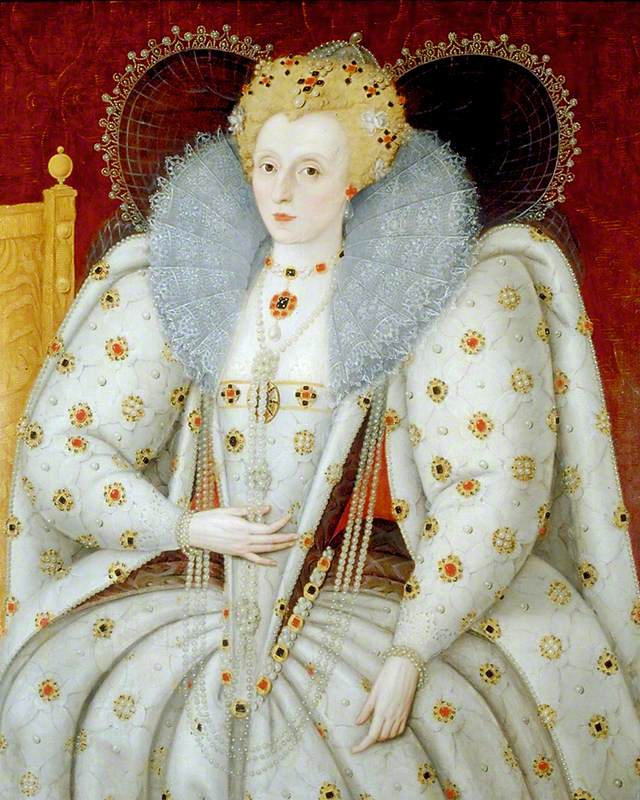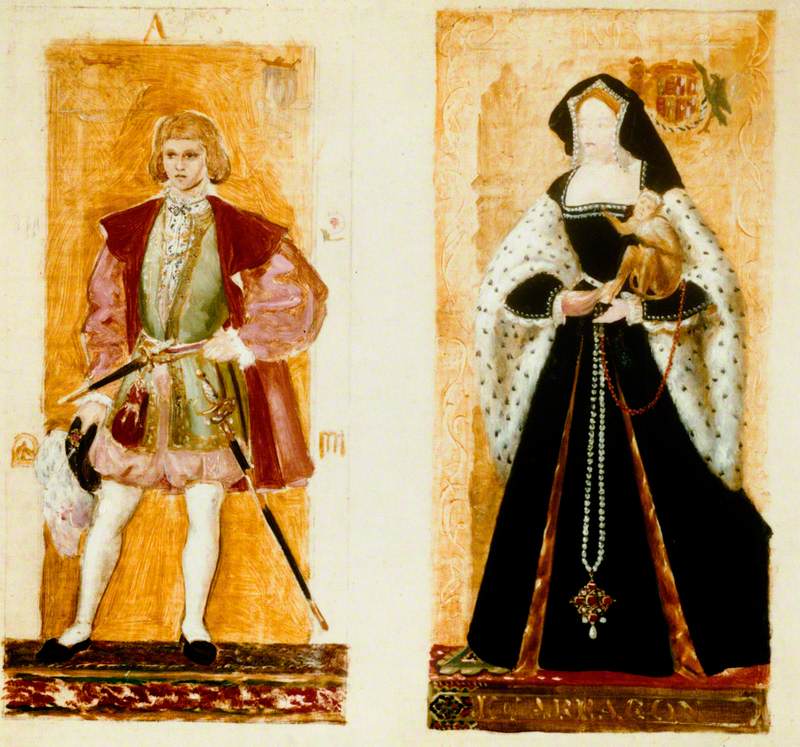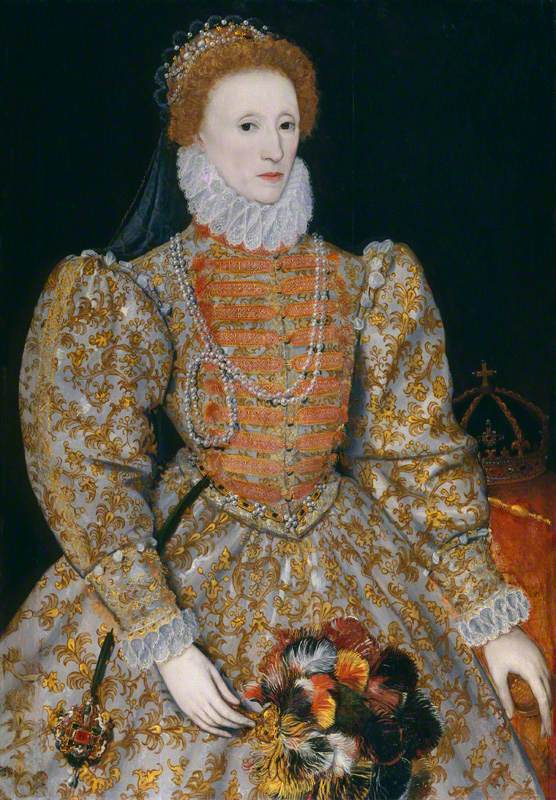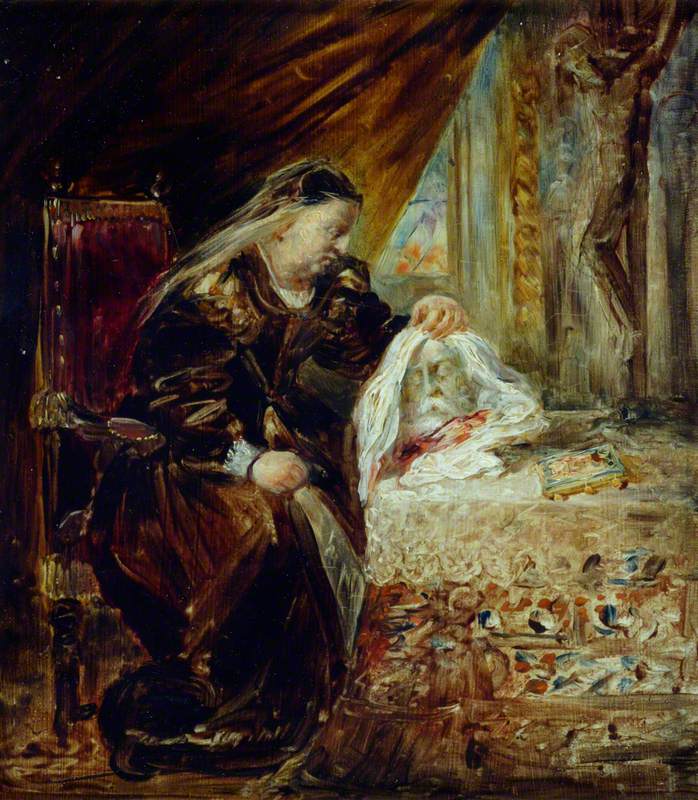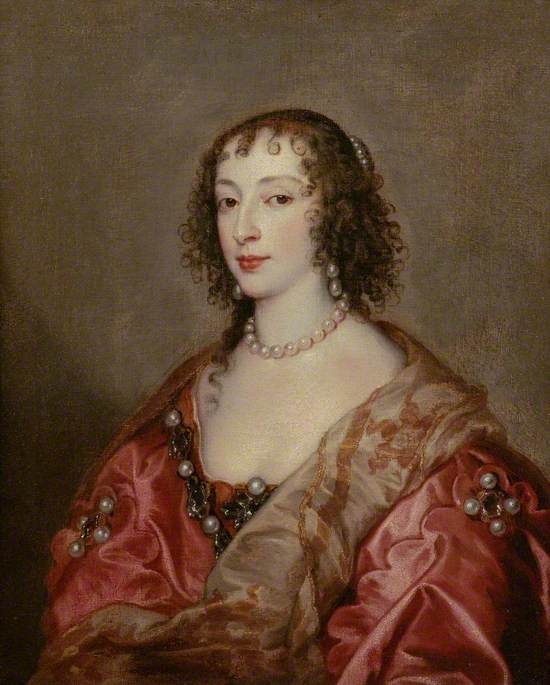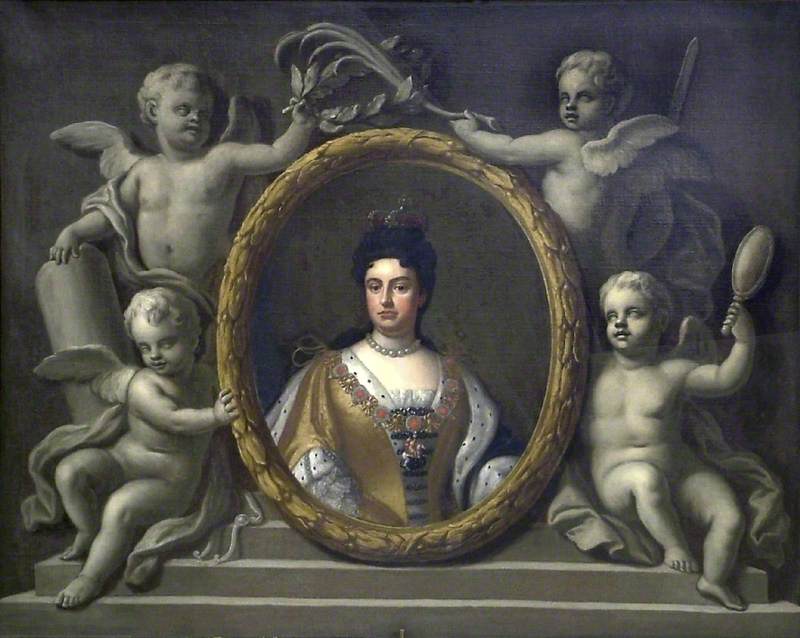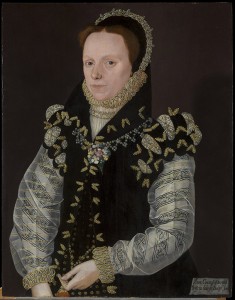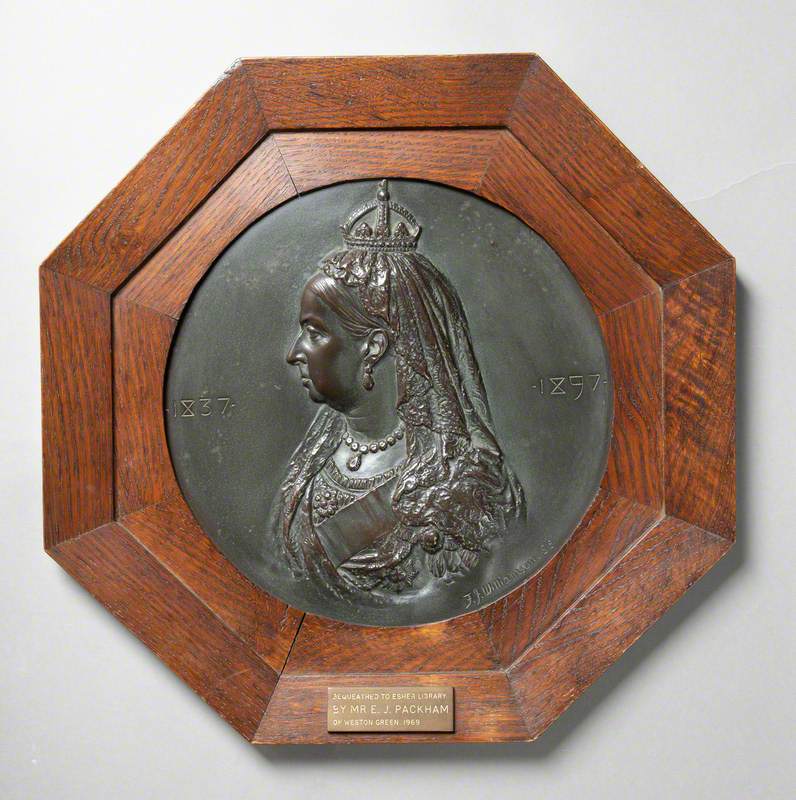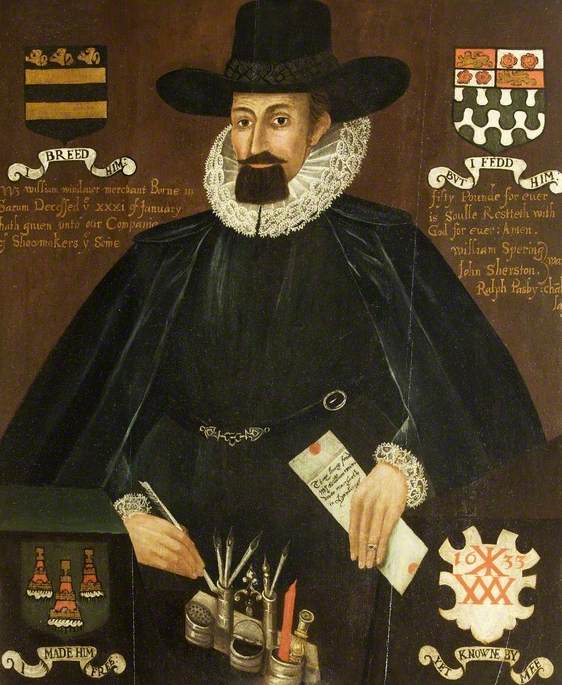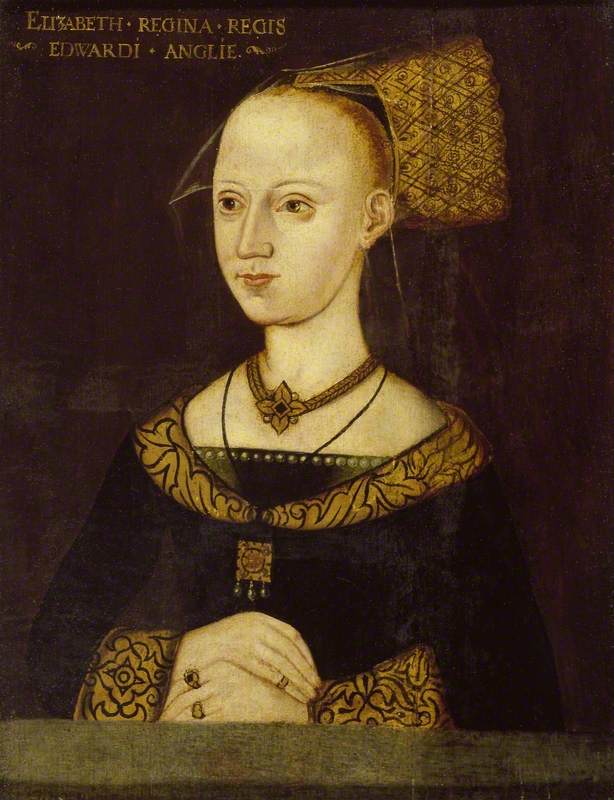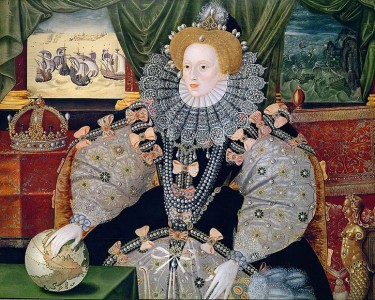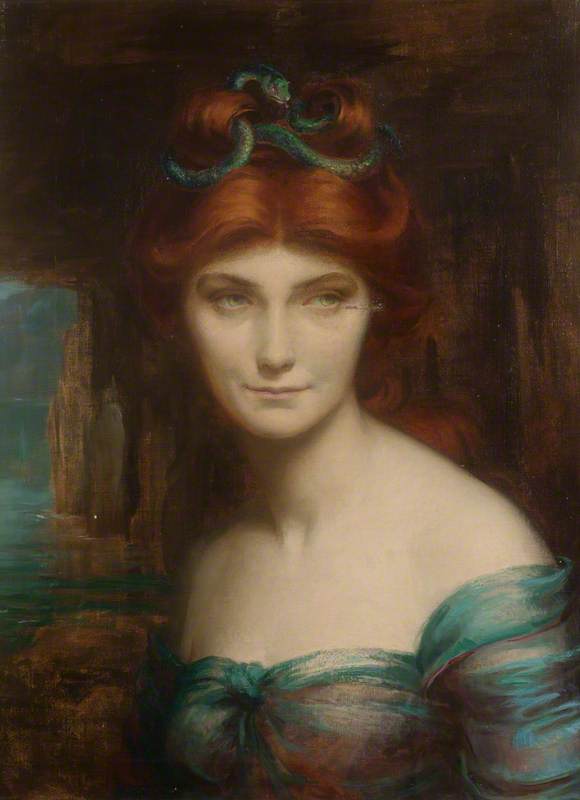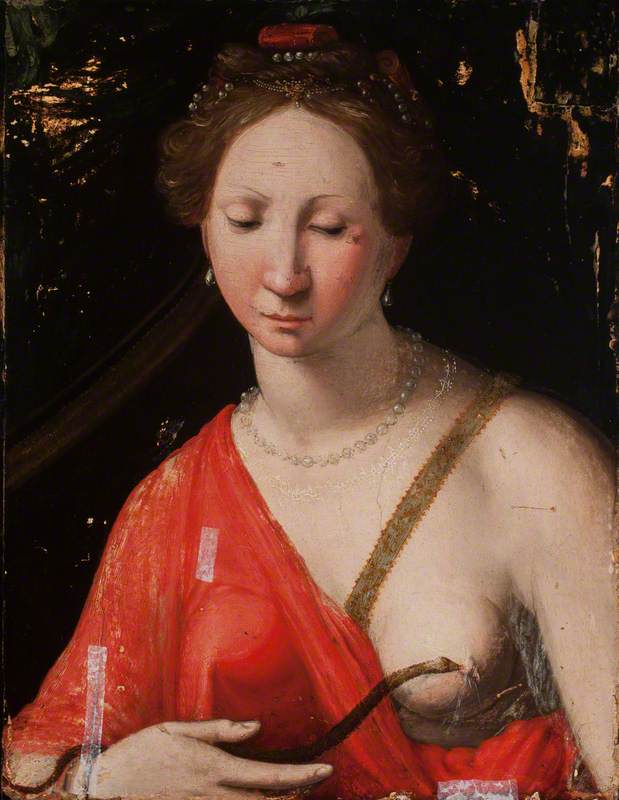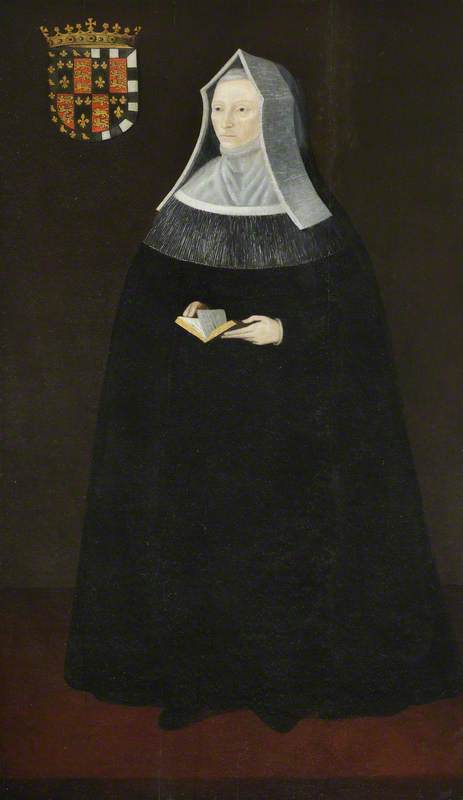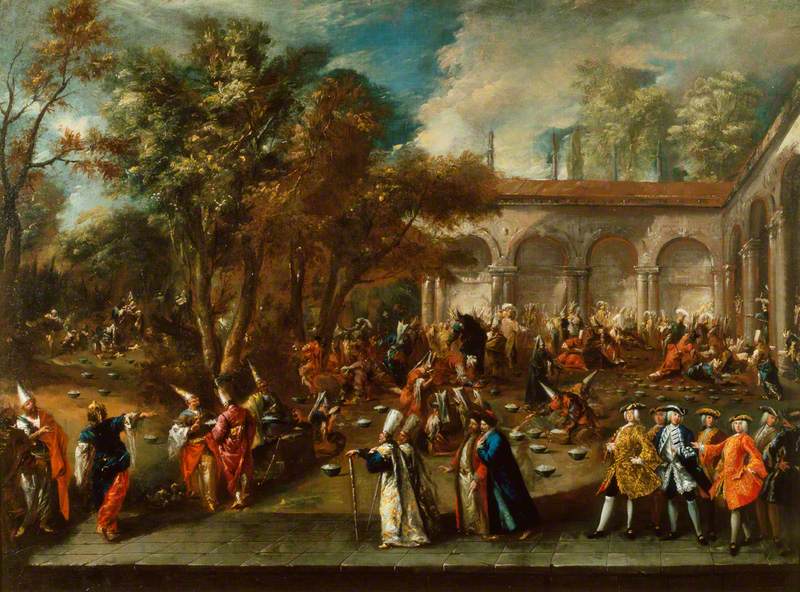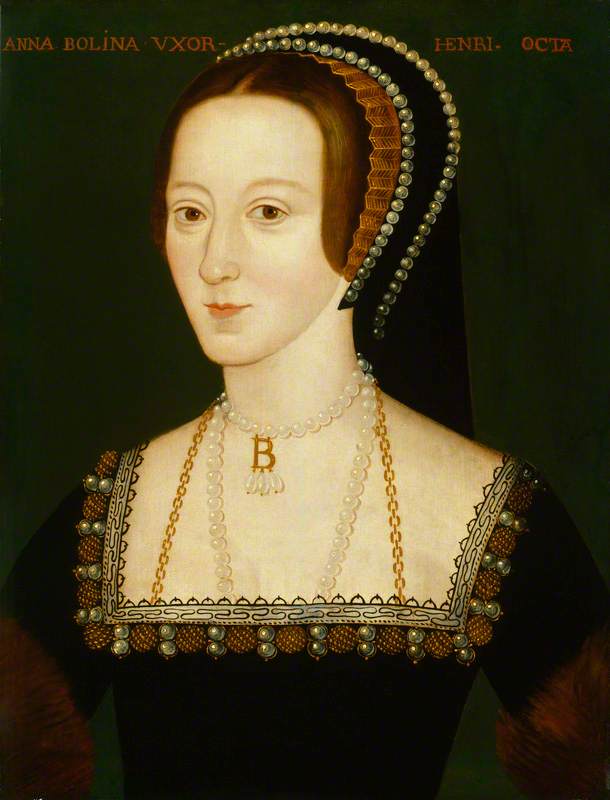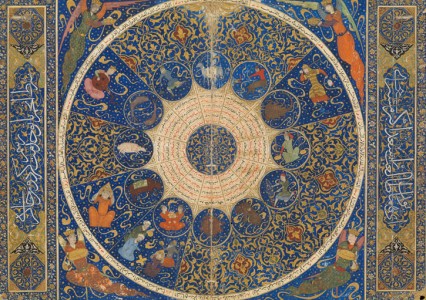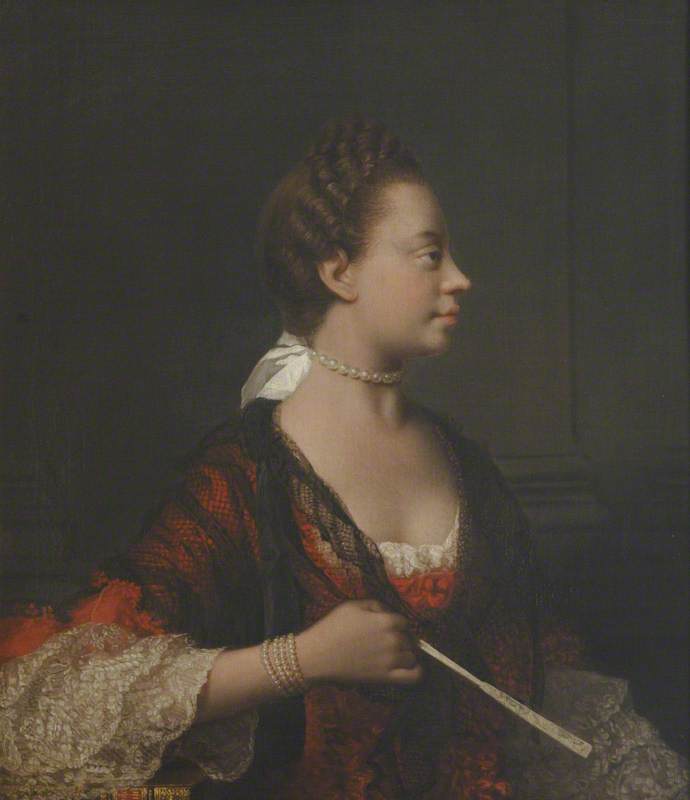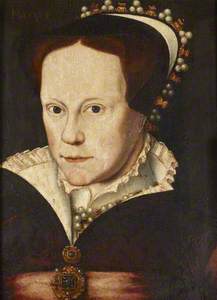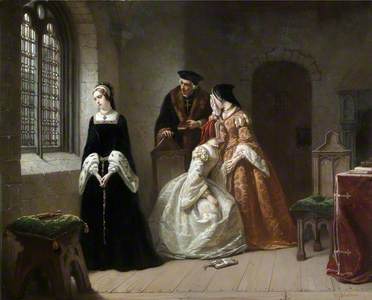Female leaders tend to be either glorified – such as Elizabeth I of England – or vilified, which is most definitely the case for Elizabeth's sister, Mary I of England.
Even though Mary was not supposed to be queen, she became the first woman to claim the English crown since Empress Matilda in the twelfth century. Unlike Matilda, however, she was successful in holding the throne. When Lady Jane Grey was finally deposed on 19th July 1553, Mary was proclaimed queen, later being crowned at Westminster Abbey on 1st October of the same year.
Mary I (1516–1558) (Mary Tudor)
Antonis Mor (1512–1516–c.1576) (after) 
The discussion surrounding Mary's reputation as queen has been dominated by the Protestant persecutions that occurred during her time, yet it is important to note that she did nothing different from her Catholic European male counterparts, such as Henri II of France or Charles V, Holy Roman Emperor.
At the time, eradicating heresy was considered to be a duty for any Catholic ruler, a duty that was praised by the Catholic Church. In that respect, Mary was only following the Pope's orders, so why was she the only ruler to be vilified for these particular actions?
Mary I (1516–1558) (Mary Tudor)
Antonis Mor (1512–1516–c.1576) (after) 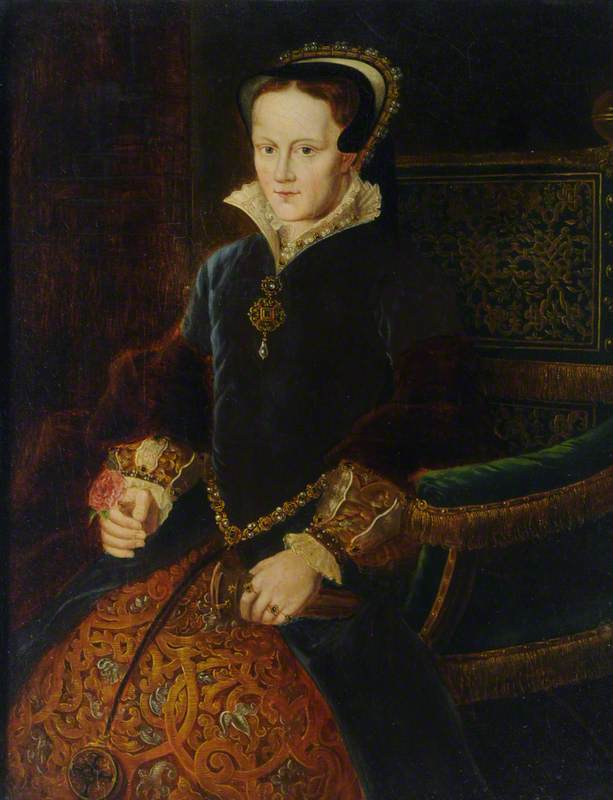
In recent years, scholars and academics have tried to reassess Mary's reputation and her reign as a whole. Was it really such a failure, as so many seem to claim? Certainly, one cannot ignore that in all her portraits she is depicted as a stern and hostile figure.
Mary Tudor (1516–1558), as Princess
(but possibly later) 1531
unknown artist and J. Brown 
But Mary's reign consisted of much more than the persecutions of Protestants. In a world dominated by men, Mary was the first female ruler to play the roles of both king and queen.
She also personally negotiated the terms of her marriage with Philip II of Spain, the greatest match in Europe at the time. Her diplomatic skills meant that she was able to secure her rights as an English sovereign as well as ensuring England's independence from Spanish dominions.
Mary I of England (1516–1558), and Philip II of Spain (1527–1598)
Lucas de Heere (c.1534–1584) (probably after) 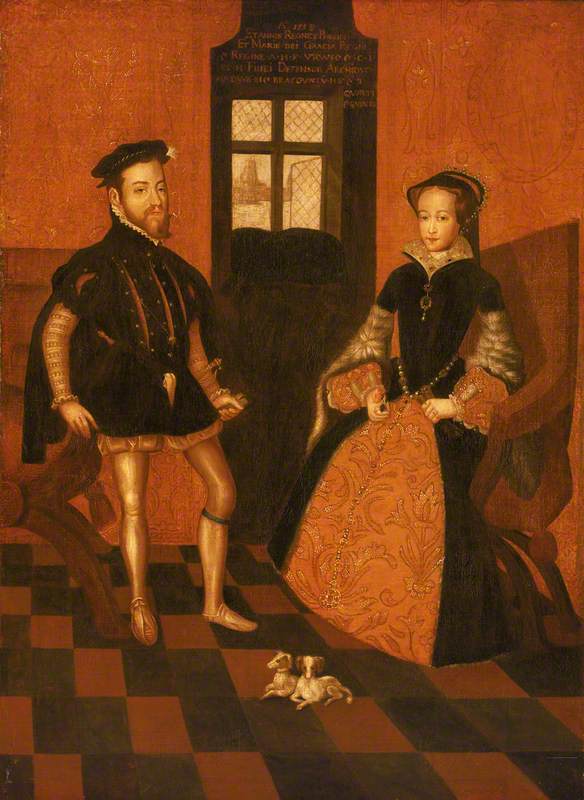
Of course, Mary's bloody reputation is also intertwined with the demise of Lady Jane Grey, the nine-day queen, who was used as a pawn by her father-in-law, John Dudley, Duke of Northumberland, to try to usurp the throne.
Looking at the evidence available, Mary seems to have been reluctant to condemn her younger cousin too harshly – she actually postponed the execution and even contemplated giving her the royal pardon – but events decided otherwise.
As Lady Jane Grey remained a threat to Mary's crown and life, Mary had no other option but to consent to her execution. And so, on 12th October 1554, Lady Jane Grey was beheaded at the Tower of London.
This famous nineteenth-century reimagining of her execution is highly emotive and cemented the event in the collective popular imagination.
In many ways, this death tarnished Mary's reign, with Lady Jane Grey – the Protestant martyr – becoming a symbol of Mary's cruelty. Portraits of Lady Jane Grey continued to depict a helpless young woman who suffered badly at the hands of 'Bloody Mary'.
The Last Moments of Lady Jane Grey
Hendrick Jacobus Scholten (1824–1907) 
The red of Mary's dress dominates the following contemporary double portrait – reminding the viewer of the queen's awful nickname – while Lady Jane Grey is blindfolded with a red cloth, reminding us of Mary's guilt. In these portraits, Mary seems to be constantly represented as the villain, no matter what accomplishments she achieved during her lifetime.
Double Self Portrait as Queen Mary and Lady Jane Grey
1997–1998
Maya Kulenovic (b.1975) 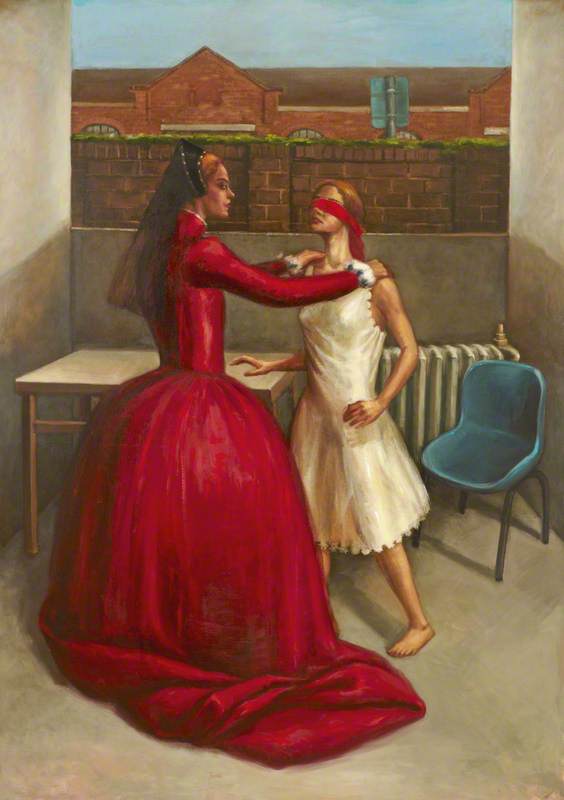
Mary's bad reputation was also shaped by John Foxe's Book of Martyrs. Originally published in 1563, this book mostly served to glorify and legitimise Elizabeth's reign.
John Foxe (1516/1517–1587), Martyrologist
17th C
British (English) School 
But the queen was more than just 'Bloody Mary'. She was also politically astute, with some of her advisors – such as the Spanish Ambassador Simon Renard – failing to influence her on some tricky political and diplomatic matters, such as the possible execution of Princess Elizabeth, her younger half-sister.
Yet despite her intelligence and political acumen, Mary was remembered in many paintings as being a bloody ruler, such as in this Flemish painting. Here, her red dress reminds the viewer, again, of the blood she caused to be shed for her religious beliefs.
Portrait of a Lady
(previously thought to be Mary Tudor (1516–1558)) 16th C
Flemish School 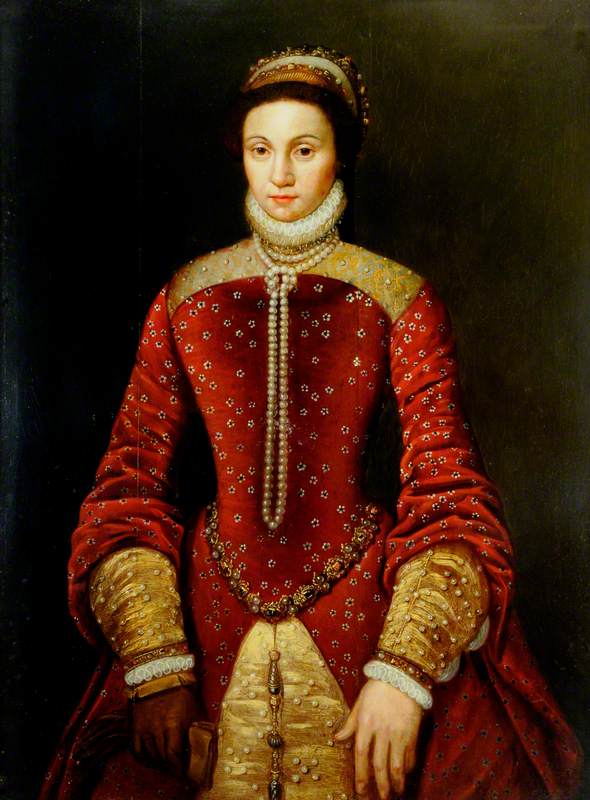
The attacks on Mary's queenship were mostly based on her gender. During the sixteenth century – and even afterwards – a woman was not seen as being fit to rule, and even after her death pamphlets were printed (both during Elizabeth's reign and in the seventeenth century) that portrayed Mary as a monster. Paintings of her present the image of a rather unattractive woman whose reign could only be remembered as an utter failure.
Mary I (Mary Tudor) (1516–1558), Aged 41
(after an original painting from 1556)
Hans Eworth (c.1520–after 1578) (after) 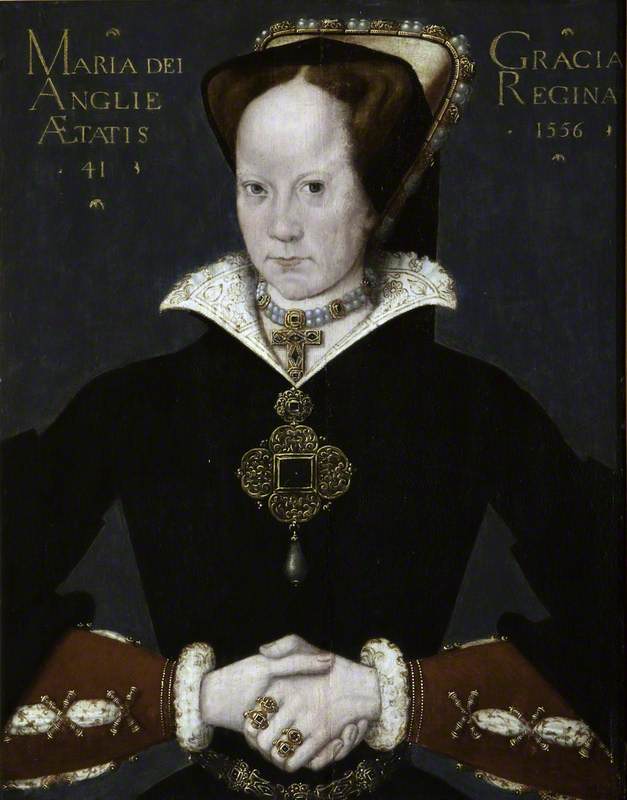
Even in a later portrait dated around 1800, Mary is shown in an unflattering light – so unflattering, in fact, that there is little resemblance to how she has been depicted in other well-known portraits. This illustrates how, in order to be vilified – and in order for people to remember them as being unfit to rule – women had to appear unappealing.
Imaginary Portrait of Mary I (1516–1558) (Mary Tudor)
c.1800
British (English) School 
Ironically, Mary had always paid a lot of attention to her appearance. In fact, she wanted so much to be in control of her image that all portraits commissioned during her lifetime had to convey a sense of royalty, composure and authority, showing her only in beautiful dresses.
Mary I (1516–1558), Queen of England and Ireland
1554
Hans Eworth (c.1520–after 1578) 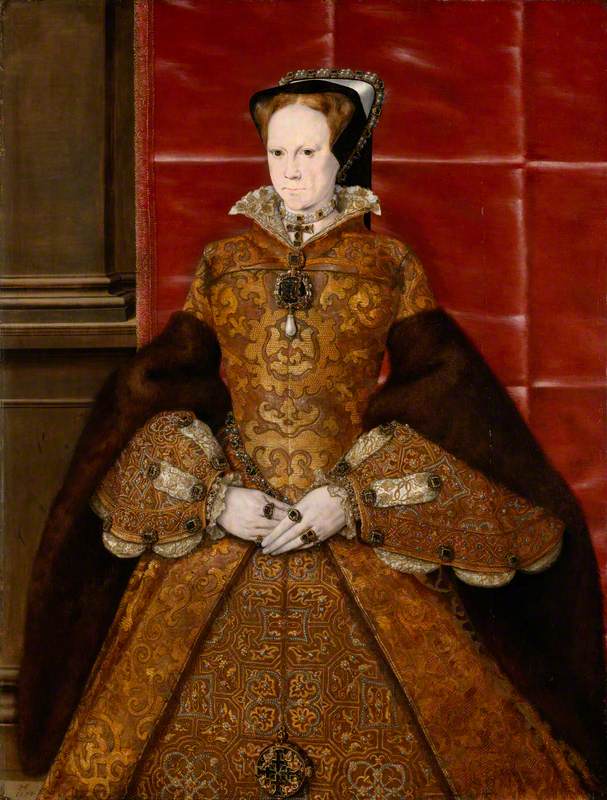
Certain paintings show Mary in a different light to the unattractive, unappealing queen, depicting a more majestic and even beautiful ruler. In the portrait below, Mary is depicted as a pious queen, with her physical traits looking far more agreeable to the viewer. A reddish-purple colour still dominates the painting, however, ensuring the chilling epithet 'bloody' is still associated with her.
No matter how hard scholars and historians have worked to debunk the myths around Mary's unfitness to rule, the perception of Mary – even when portrayed as a beautiful woman – has constantly been imbued with the colour red, a stain on her image that seems impossible to clean or remove.
Queen Mary I of England (1516–1558)
17th C
Antonis Mor (1512–1516–c.1576) (after) 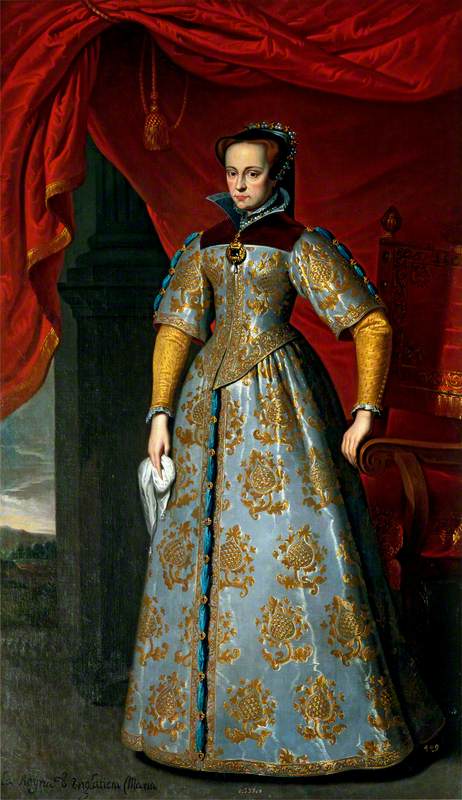
Mary was much more than just a persecutor of Protestants. She was the first female ruler of England. She loved and treasured books. Mary's story is also the story of a woman desperate to become a mother and who ultimately failed to secure her line.
More than just 'Bloody Mary', Mary I of England greatly inspired succeeding generations of female rulers, including her sister, Elizabeth I.
Estelle Paranque, historian and author
Further reading
Sarah Duncan, Mary I, Palgrave Macmillan, 2012
Sarah Duncan and Valerie Schutte (ed.), The Birth of a Queen: Essays on the Quincentenary of Mary I, Palgrave Macmillan, 2016
Nicola Tallis, Crown of Blood: The Deadly Inheritance of Lady Jane Grey, Michael O'Mara, 2016
Valerie Schutte, Mary I and the Art of Book Dedications, Palgrave Macmillan, 2015
